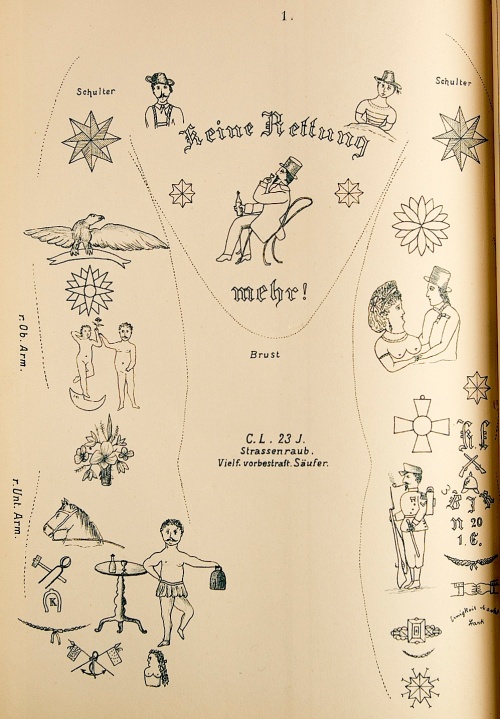My dear fans and followers, a gift from me to you for the new year: I’ve put my PhD dissertation, Tattooed Transculturites: Western Expatriates Among Amerindian and Pacific Islander Societies, 1500-1900, available online for viewing.
At this point, some of it is based on outdated research, but I still stand by 98% of this. I hope to get a popular-reader-friendly version of this published some day, but in the meantime, those of you who would like to geek out on academic jargon and some in-depth archival research can enjoy! Prepare for a looooooong read–it’s a 513 page document.
As you know, one of my big missions with tattoo history is to debunk myths that have arisen from assumptions, bad scholarship, and storytelling. I am always saddened when I continue to read about the Cook myth when, as this dissertation’s first half demonstrates, there is ample evidence for European tattooing (including being tattooed by non-European indigenous peoples) prior to the late 18th century. Since I wrote this, I’ve discovered several more important examples to add into the roster of tattooed transculturites, so a published version of this text will be even richer when that happens.
Feel free to reach out to me at tattoohistorian@gmail.com with any corrections or additional information that I might want to incorporate upon a revision for book publication.
And note the cover-page authorship is under my old married last name…ah History, a testament to how you preserve the good along with the bad!



